Advertisement
Deep learning, a subset of artificial intelligence, is revolutionizing industries far beyond big tech. From healthcare to agriculture, its ability to analyze data, recognize patterns, and solve complex problems is unlocking new possibilities. This rapid integration demonstrates that deep learning is not limited to tech giants but holds transformative potential across diverse fields, including education, finance, and transportation.
The agricultural industry is leveraging deep learning to tackle critical, real-world challenges. Traditional farming practices are now enhanced by advanced, data-driven technologies, delivering increased crop yields and greater resource efficiency.
Extensive image data training of deep learning systems enables them to spot plant diseases in their initial phases. Such systems enable farmers to detect diseases in their early stages through drone or mobile device image analysis which helps them stop diseases from spreading and minimizes their dependence on chemical pest control applications.
By processing satellite imagery and ground-based datasets neural networks generate highly correct yield forecast predictions. Soil characteristics input modeling delivers optimized recommendations for fertilizer and irrigation requirements which achieve economic efficiency together with optimized results.
Modern livestock care receives a transformation through deep learning tools. Modern systems evaluate video data as well as sensor information to assess livestock health status while simultaneously recognizing abnormal behaviors and monitoring times of mating. Such systems minimize the requirement of continuous human monitoring which generates improved operational effectiveness and elevated animal care standards.

Deep learning is transforming the manufacturing industry by driving advancements in automation, predictive analytics, and quality control.
Systems equipped with deep learning capabilities enable computer vision systems to optimally inspect products for defects. The systems operate faster and more consistently than human inspectors and produce advanced quality results at the same time they decrease resource waste.
By analyzing historical machinery data, deep learning models can anticipate component failures before they happen. This proactive approach reduces unplanned downtime, lowers maintenance costs, and extends the lifespan of critical equipment.
Deep learning tools optimize supply chains by accurately forecasting demand, inventory needs, and production schedules. These insights help manufacturers avoid overproduction, reduce inefficiencies, and align operations with real-time market demands.
Deep learning is revolutionizing environmental science, offering powerful tools to support conservation, sustainability, and climate initiatives.
By analyzing complex meteorological data, deep learning models deliver highly accurate climate predictions. These insights enable researchers to better understand long-term climate patterns and develop effective mitigation strategies to address global challenges.
Neural networks trained on data from camera traps and acoustic recordings are transforming wildlife conservation. They can identify species, monitor population trends, and detect poaching threats, allowing for more efficient and targeted conservation efforts, even in remote or hard-to-reach areas.
Deep learning-powered automated waste sorting systems are enhancing recycling efficiency. By recognizing materials based on attributes like shape, color, and texture, these systems reduce contamination in waste streams and improve the accuracy of recycling processes.
Deep learning is proving to be a pivotal force in advancing environmental science, driving meaningful progress in protecting our planet.
Deep learning is revolutionizing education by powering personalized learning experiences and intelligent tutoring systems.
With deep learning algorithms at their core, adaptive learning platforms customize content and pacing based on each student’s unique performance. By analyzing factors like response accuracy, time spent on tasks, and mastery of topics, these systems adjust in real-time to maximize learning outcomes.
Natural language processing (NLP) models are streamlining grading and feedback processes. From evaluating essays to suggesting grammar improvements and even assessing problem-solving steps in math, these tools save educators valuable time while delivering timely, detailed feedback to students.
Deep learning-powered tools such as speech-to-text and text-to-speech applications are enhancing accessibility for students with learning challenges. These innovations support individuals with dyslexia, speech impairments, and visual impairments, fostering greater inclusivity and empowerment in the classroom.
Deep learning is revolutionizing healthcare, not only in major hospitals and research institutions but also in smaller clinics and healthcare facilities, helping to significantly enhance the quality of care.
Deep learning, particularly convolutional neural networks, is being trained to detect abnormalities in medical imaging, including X-rays, MRIs, and CT scans. These AI-driven tools support physicians by delivering faster, more precise diagnoses, reducing errors, and enabling timely treatments.
Deep learning models continuously analyze data generated by wearable devices and hospital sensors, monitoring patients in real-time. By detecting critical health changes early, these systems provide timely alerts, allowing medical staff to intervene quickly and improve patient outcomes.
In research, deep learning is expediting drug discovery by modeling molecular interactions and identifying potential treatments far more efficiently than traditional methods. While often associated with large-scale labs, open-source deep learning tools are empowering smaller research teams to harness these capabilities, driving innovation at every level.
Beyond ambitious autonomous driving projects, deep learning is transforming logistics and transportation for medium-sized businesses and municipalities, offering smarter, more efficient operations.
Delivery services now leverage deep learning to map out the most efficient routes, accounting for traffic patterns, weather conditions, and customer availability. This not only speeds up deliveries but also minimizes fuel consumption, offering both cost savings and environmental benefits.
Logistics companies use advanced prediction models to anticipate demand, enabling better vehicle allocation, streamlined workforce scheduling, and reduced idle time. The result? Lower operational costs and improved resource efficiency.
Deep learning-powered in-vehicle systems are revolutionizing driver safety. Embedded cameras can detect signs of fatigue or distraction, issuing real-time alerts to help prevent accidents. Once accessible only to large-scale operations, these safety tools are now available to fleet operators of all sizes, making roads safer for everyone.

Deep learning is revolutionizing the energy and utilities sector, empowering providers to optimize infrastructure and forecast demand with unprecedented accuracy.
Energy companies are leveraging deep learning to predict usage spikes and create real-time distribution models, ensuring balanced loads across power grids. This technology minimizes blackouts and enhances service reliability, delivering a more stable energy supply.
By analyzing sensor data from turbines, transformers, and pipelines, deep learning models can identify anomalies and inefficiencies early. These insights help prevent outages, extend equipment lifespan, and improve overall operational efficiency.
The unpredictable nature of solar and wind energy production poses challenges for grid integration. Deep learning addresses this by accurately forecasting energy output based on environmental factors, enabling better storage management and seamless grid integration strategies.
The rise of open-source frameworks, cloud-based infrastructure, and pre-trained models has dramatically reduced the barriers to adopting deep learning. This democratization empowers industries beyond big tech to unlock its transformative potential for innovation, efficiency, and problem-solving. From boosting agricultural yields and advancing medical diagnostics to streamlining supply chains and aiding conservation efforts, deep learning is reshaping possibilities across a wide range of sectors.
Advertisement

Discover the 6 common ways to use the SQL BETWEEN operator, from filtering numbers and dates to handling calculations and exclusions. Improve your SQL queries with these simple tips!
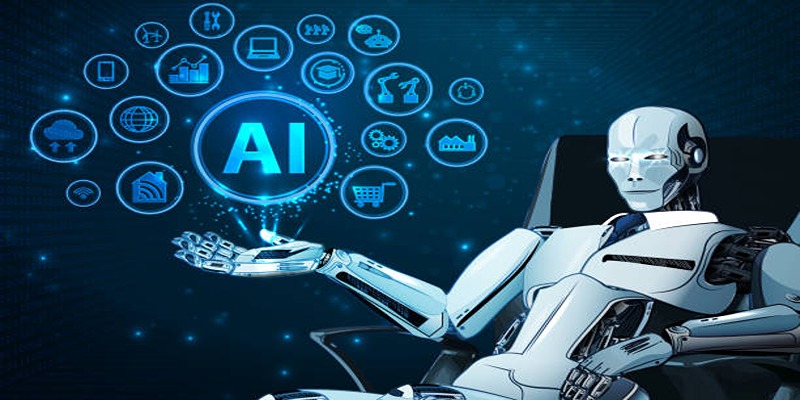
Explore how deep learning transforms industries with innovation and problem-solving power.
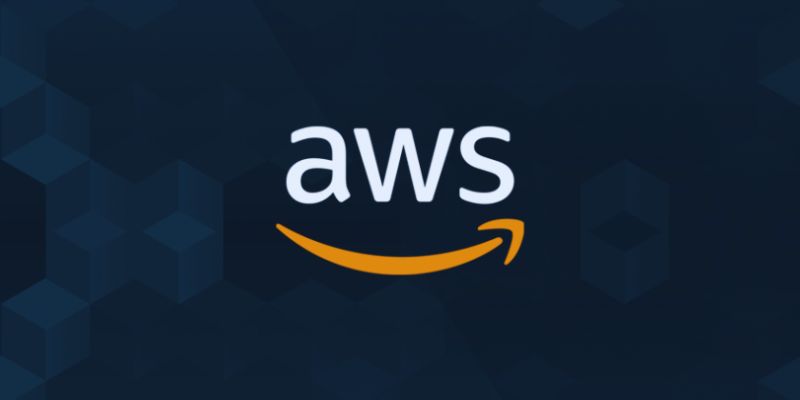
AWS unveils foundation model tools for Bedrock, accelerating AI development with generative AI content creation and scalability
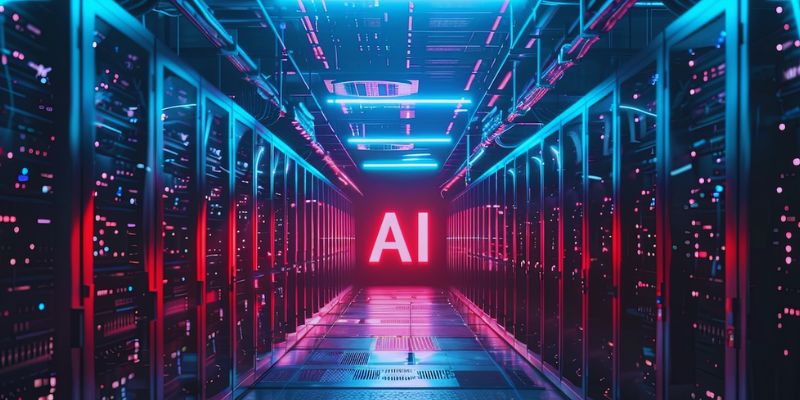
Learn how rising AI use affects data centers, energy, water, and the environment—and what solutions can reduce its impact today
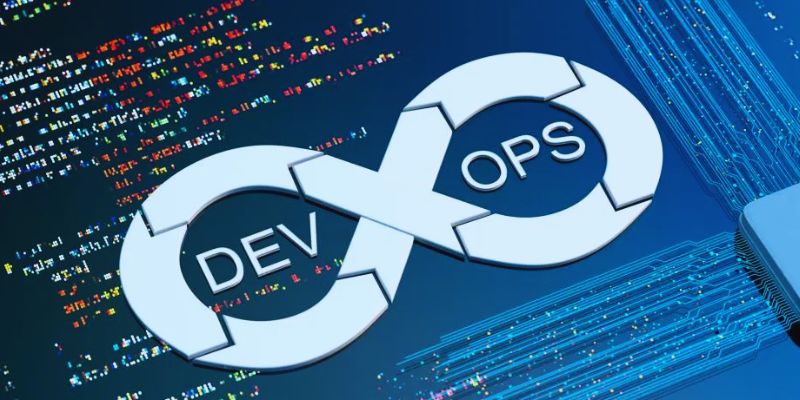
Restructure DevOps for ML models and DevOps machine learning integration practices to optimize MLOps workflows end-to-end
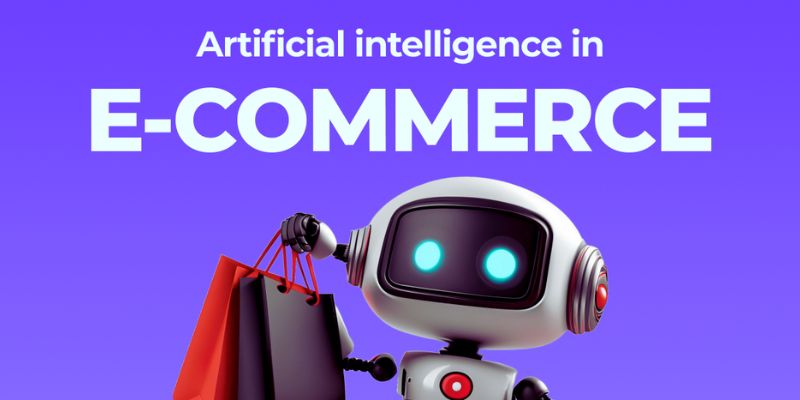
AI transforms sales with dynamic pricing, targeted marketing, personalization, inventory management, and customer support

Discover how to turn simple data into eye-catching 3D pie charts. This guide shows you easy steps, smart design tips, and when to use 3D for maximum impact
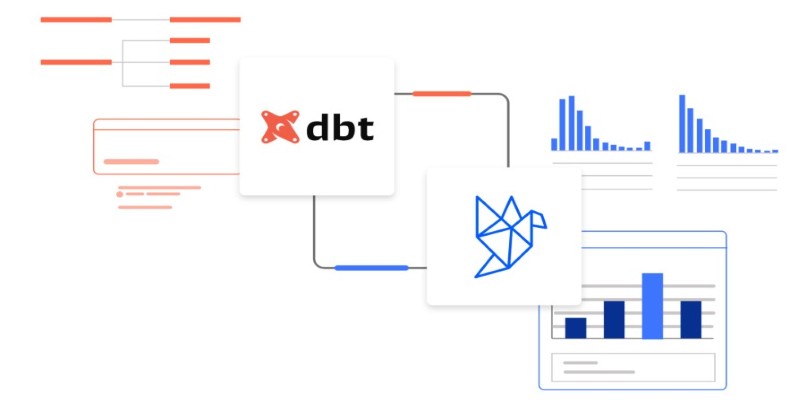
Frustrated with messy data workflows? Learn how dbt brings structure, testing, and version control to your data pipeline without adding extra complexity
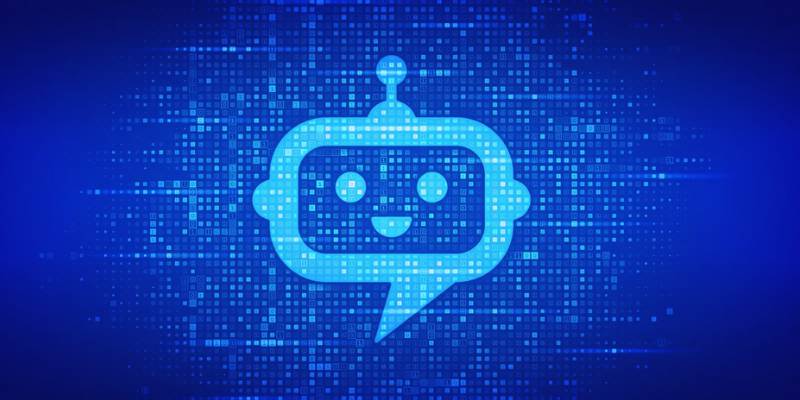
Discover how AI, NLP, and voice tech are transforming chatbots into smarter, personalized, and trusted everyday partners
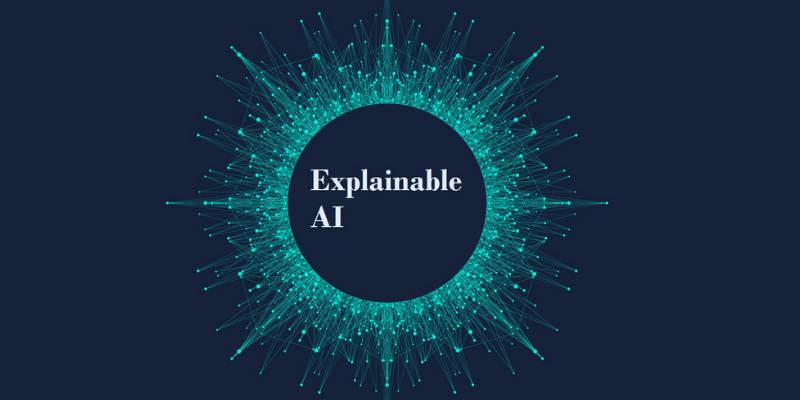
Know explainable AI techniques like LIME, SHAP, PDPs, and attention mechanisms to enhance transparency in machine learning models
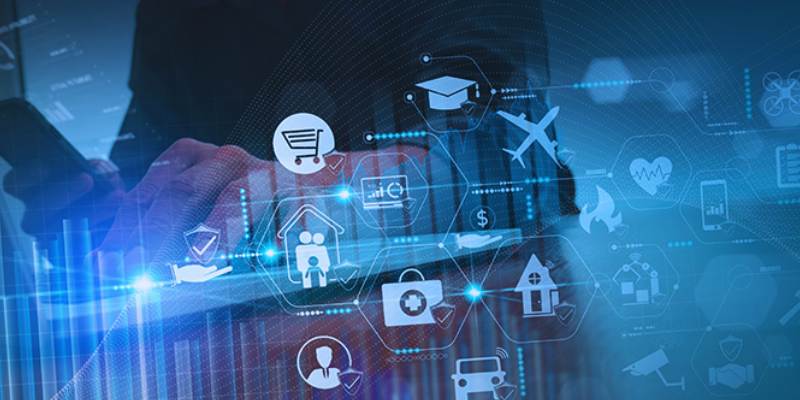
Learn how Automated Machine Learning is transforming the insurance industry with improved efficiency, accuracy, and cost savings
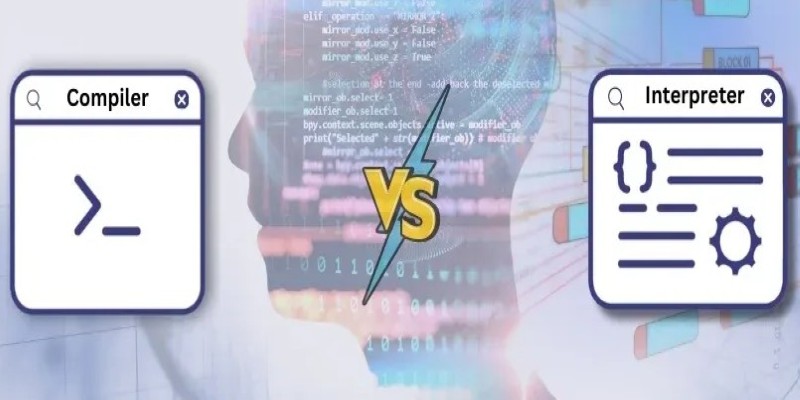
Curious about what really happens when you run a program? Find out how compilers and interpreters work behind the scenes and why it matters for developers